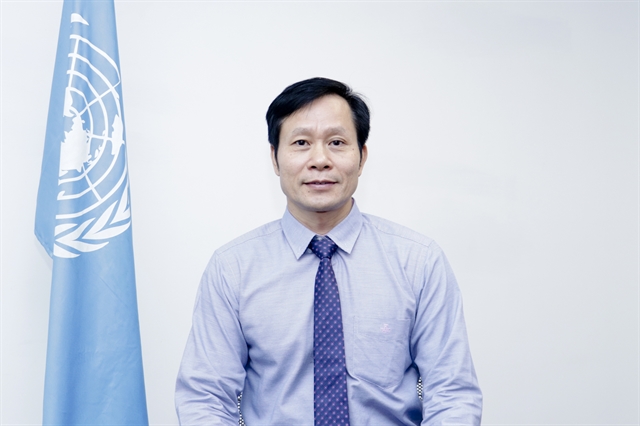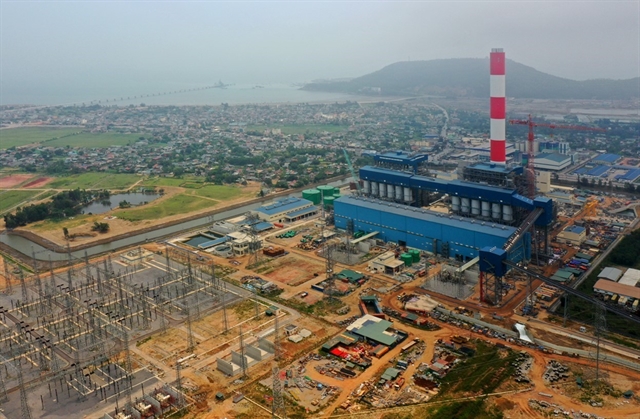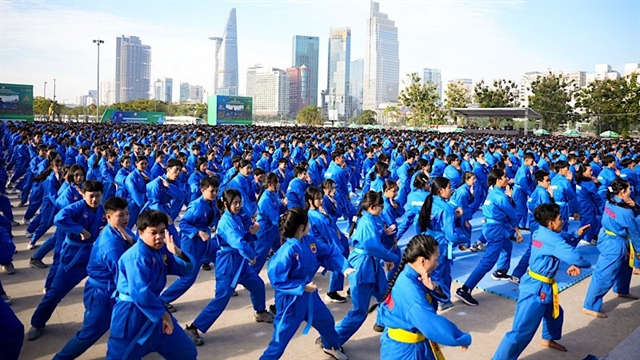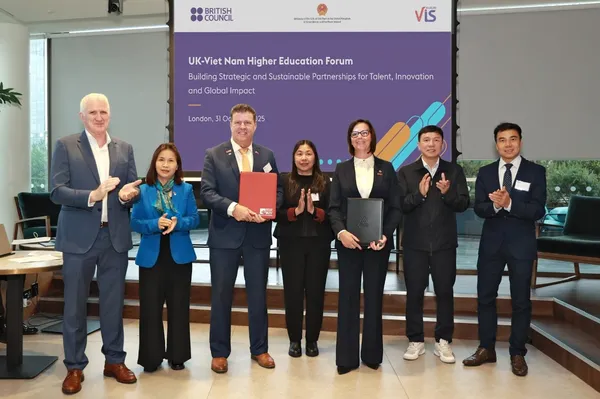 Society
Society


|
| Đào Xuân Lai, Assistant Resident Representative, Head of Climate Change and Environment Unit, UNDP Vietnam. Photo courtesy of UNDP |
Đào Xuân Lai, Assistant Resident Representative, Head of Climate Change and Environment Unit of the United Nations Development Programme (UNDP) in Việt Nam, spoke to Việt Nam News about the transition pathways of major coal-thermal power plants.
What are the challenges that Việt Nam has to face during the transition from coal-thermal power generation to sustainable alternatives?
Developing nations such as South Africa, India and Việt Nam heavily depend on fossil fuels, particularly coal-thermal electricity. We shouldn't rely on the past anymore, even though it is a legacy.
Converting coal power plants is a prerequisite. According to the National Power Development Plan for the 2021-30 period with a vision towards 2045 (PDP VIII), coal power plants that have been in operation for more than 40 years must be transformed.
However, the conversion plan must be discussed. We must take action on the conversion because Việt Nam has committed to net zero emissions by 2050.
The trend toward coal conversion is unavoidable. Not just Việt Nam but all nations must transition to a green and circular economy.
I think the first challenge comes from the investment in new technologies, new solutions to convert the coal-thermal plants. At the same time we still need to ensure energy security to maintain economic growth.
We will need investment in renewable energy to make up for electricity shortages.
We need investment capital and new technologies. Will we cooperate with partners for technology transfer or will we do research and create new technology by ourselves? The general problem is that many new technologies are being researched and tested and have not been commercialised.
The second difficulty is related to human resources. Workers must acquire new skills in order to utilise the new technologies.
Infrastructure still needs to be developed; for instance, in order to transition to offshore wind power, specific ports, machinery, and equipment must be built.
The conversion will create pressure on the local economy, society and individuals. For instance, the coal mining industry in Quảng Ninh Province employs roughly 93,000 labourers. What will happen to the workers when coal mines close? To guarantee a just transition of energy, workers need to be retrained.

|
| Nghi Sơn 2 Coal Thermal Power Plant in central Thanh Hóa Province. VNA/VNS Photo Ngọc Hà |
How has the Just Energy Transition Partnership (JETP) that Việt Nam has signed with the International Partners Group helped in the phasing out coal-thermal power plants?
As part of the JETP framework, the EU and G7 nations have pledged to raise US$15.5 billion over the course of the next three to five years to support Việt Nam's energy transformation.
Though it only makes up a minor portion, roughly one in twenty, of Việt Nam's energy transfer demand, it serves as a catalyst.
It demonstrates Việt Nam's dedication to the global effort to achieve net zero emissions by 2050.
The $15.5 billion package will initially focus on coal power conversion, renewable energy development, offshore wind power, solar power and ensuring just energy transition.
That is the just transition between developed and developing countries.
It is also the harmonious rights and benefits between investors and operators, between investors, business owners and labourers.
People engaged in the coal and coal power supply chain must be given a fair transition as well.
Many households rely on a family member who works at a coal plant for their income. We have to make sure they get vocational training and transition to new jobs when we phase out coal power.
Early retirement ought to be supported by financial aid. When employees change jobs, their families' incomes as well as the local economy must be secured.
How has the UNDP supported Việt Nam in addressing challenges during the transition from coal-thermal power generation to sustainable alternatives and realising the net zero emission goal by 2050?
The UNDP and the Energy Institute under the Ministry of Industry and Trade have reviewed and proposed a roadmap to convert coal power plants in Việt Nam.
In Việt Nam, there are now roughly 38 coal-fired power stations in service, and more are anticipated to be built until 2030. We must take into account the transition of those plants.
Based on technical and financial evaluation, we have proposed feasible solutions from which factories can consider to make the conversion, especially the plants in Ninh Bình, Phả Lại which have been operating for more than 40 years.
From that assessment, we will connect with investors and corporations such as Vietnam Electricity (EVN) or Vietnam National Coal and Mineral Industries Group (Vinacomin) and international financial institutions of G7 countries, banking groups and international organisations that have made the commitment within the JETP framework to find a common voice for solutions.
What should coal-thermal power plants and localities do to call for financial assistance and attract foreign investment during the transition?
Việt Nam is already an attractive investment destination for foreign investors.
The net zero commitment is already there, we need a specific roadmap. International partners want to know clearly in what year we will convert the plants, and what mechanism we will approve for the transition.
Asian countries including Việt Nam face high financial costs. We must lower the financial costs to make investment more attractive.
We must also ensure transparency for investment as well as rights of those affected like workers, households, and communities. VNS

.jpg)
.jpg)

